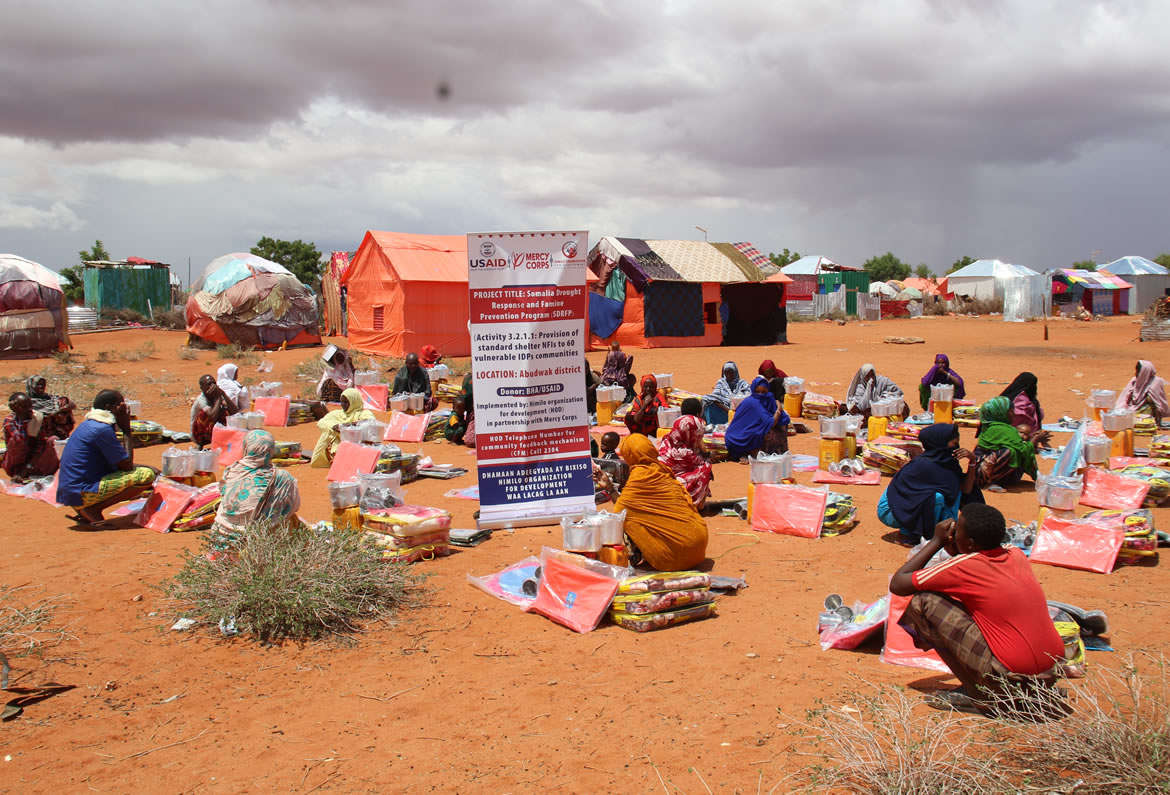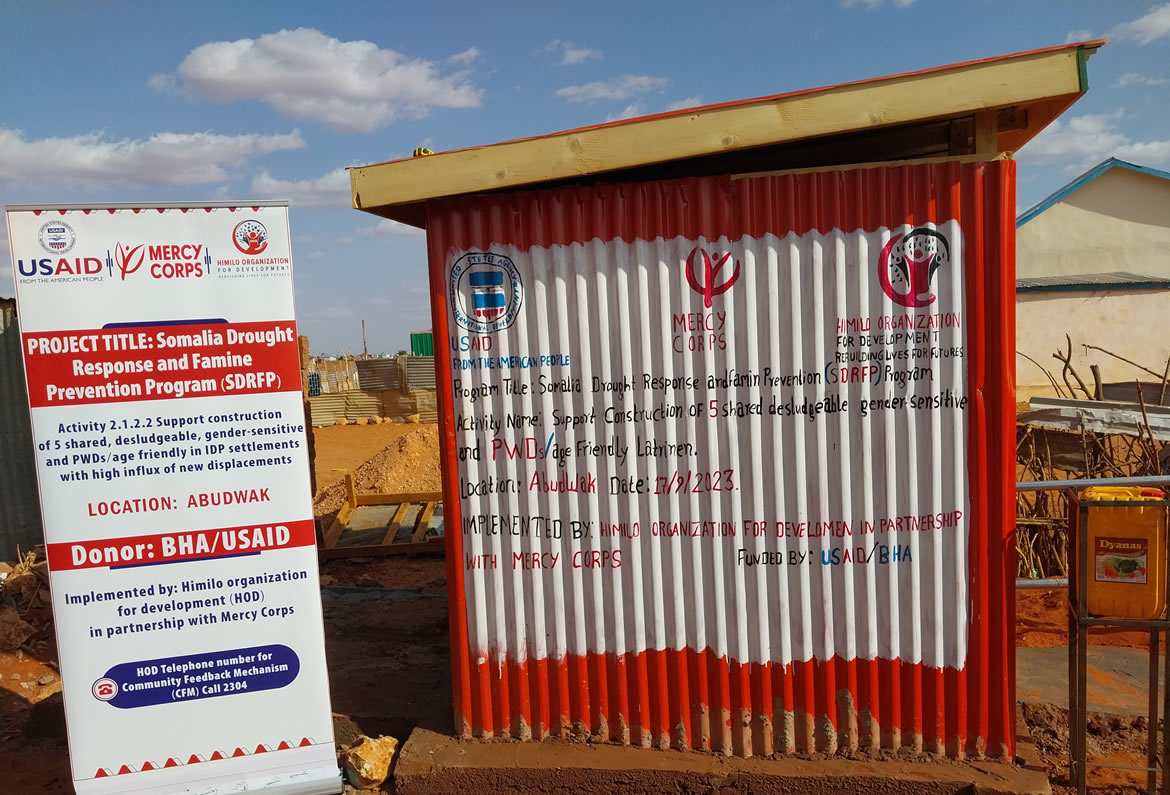
Introduction:
This activity report outlines the facilitation of water trucking to 10 villages, namely Qudus, Dafle, Qolaali, Dhiiltire, and Miirgalawac in Abudwak, and Haaraa, Kax Sheikh, Dumaaye, Garasweyne, and Beeyacad in Dhusamareb. The objective of this activity is to ensure a sufficient frequency of trucking to meet the daily water needs of the communities in these villages. During this activity, we established a water management committee tasked with counting the number of water trucks provided by the company awarded the tender for the water trucking activity. Additionally, the water management committee is responsible for equitably allocating the number of water trucks among the households in the villages based on their individual needs. This report provides an overview of the objectives, challenges faced, recommendations, and a conclusion regarding the facilitation of water trucking in these specific locations.
Objectives:
Ensure daily usage of water: The primary objective of this activity is to ensure that every household in the 10 villages receives a daily supply of 45 liters of water, meeting their basic needs for drinking, cooking, and sanitation.Facilitate water trucking: The activity aims to organize and coordinate the transportation of water to these villages through trucking, ensuring that the water supply is delivered efficiently and effectively.Conduct 4 trips of water: The objective is to carry out four different trips of water to each village, ensuring an adequate supply for the community’s daily needs. Each trip will consist of a specific number of water trucks.Quantity of water per truck and barrel: Each water truck will contain 50 barrels, and each barrel will hold 200 liters of water.
Challenges:
Challenges we faced during this activity was that the upcoming rainy season can significantly impact this activity as water truckers may face challenges accessing the villages due to the poor road conditions. Moreover, the water demand in the villages might decrease during this season as the rainwater can fill their water storage structures known as berkad. Consequently, the importance of this activity may diminish. To mitigate this, we provide water to the villages before the onset of the rainy season, ensuring an adequate supply regardless of the weather conditions.
We encountered a challenge regarding accurately determining the number of households residing in the villages. This challenge arose due to discrepancies between the observable number of households and the number of households reported by the villagers themselves. There is a significant disparity between these figures, with the reported number of households being higher than the observed count.
Recommendation
As Himilo Organization for Development we recommend providing guidance and raising awareness among the villagers regarding the importance of truthfully reporting the number of households in their village.
Conclusion:
In conclusion, the facilitation of water trucking to the 10 villages in Abudwak and Dhusamareb has aimed to meet the daily water needs of the communities. The establishment of a water management committee has helped ensure the proper counting and allocation of water trucks based on individual household requirements. The main objective has been to provide a daily supply of 45 liters of water per household and to conduct four trips of water to each village, with each truck carrying 50 barrels, each containing 200 liters of water.
However, we have faced challenges during this activity. The upcoming rainy season poses a significant obstacle as it affects road accessibility for water truckers and reduces the water demand due to the filling of berkad with rainwater. To address this, it is crucial to provide water to the villages before the rainy season begins, ensuring a steady supply regardless of weather conditions. Additionally, we have encountered difficulties in accurately determining the number of households residing in the villages, with reported figures exceeding the observed count.
To mitigate these challenges, we recommend raising awareness among the villagers about the importance of providing truthful information regarding the number of households in their village. By promoting transparency and accurate reporting, we can ensure efficient resource allocation and better meet the water needs of the communities.
Overall, this activity report highlights the objectives, challenges faced, and recommendations for the facilitation of water trucking in the mentioned villages. By addressing these challenges and implementing the recommended measures, we aim to improve the effectiveness and sustainability of water trucking efforts, ultimately enhancing the well-being of the communities in these areas.
The tables below provides information on the villages in Abudwak and Dhusamareb district respectively, including the distance from the water source, the number of households in each village, the number of trips per site, the trucks per trip, the number of trips per week (which is set at 4), and the quantity in trucks per site.



